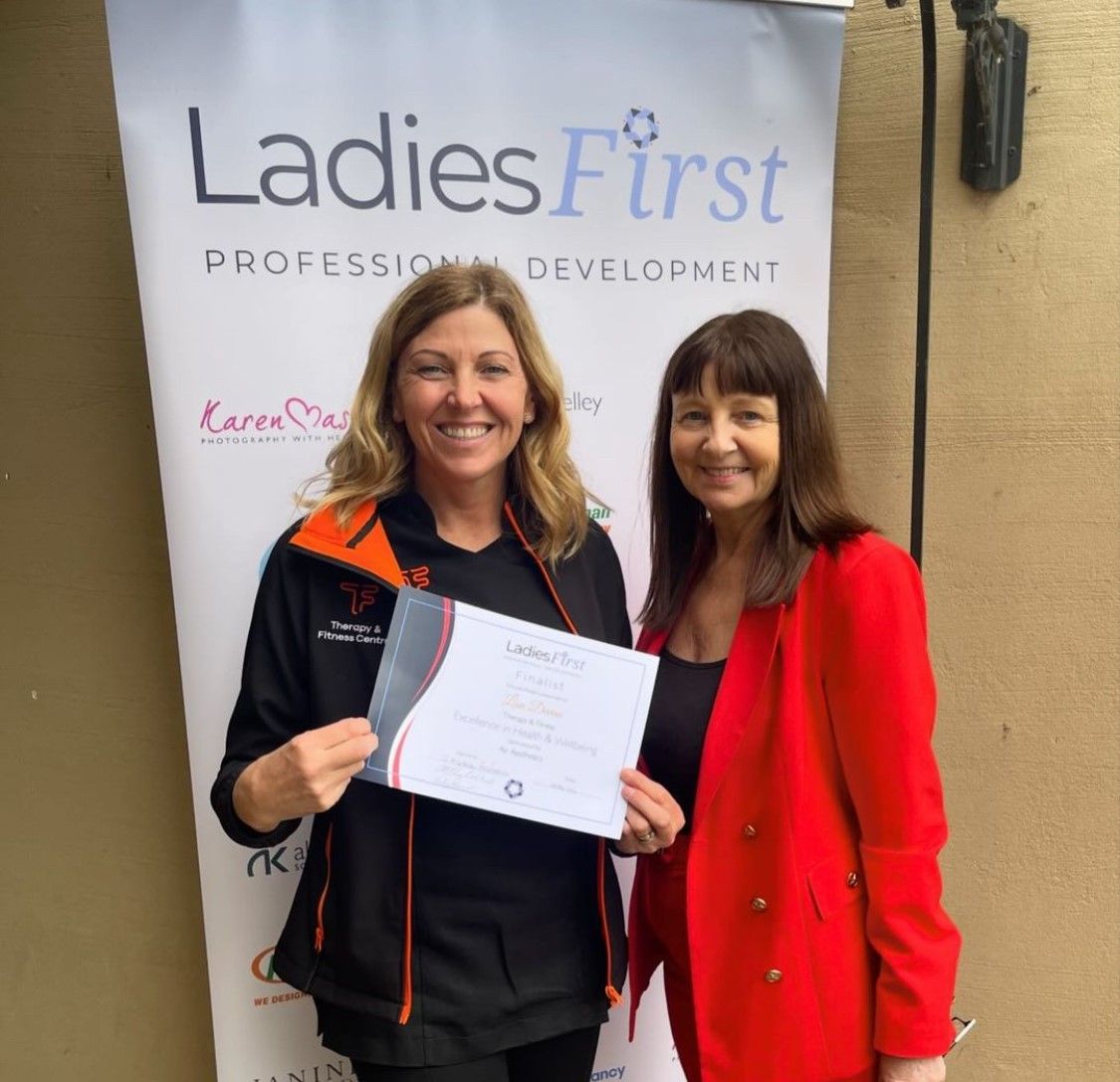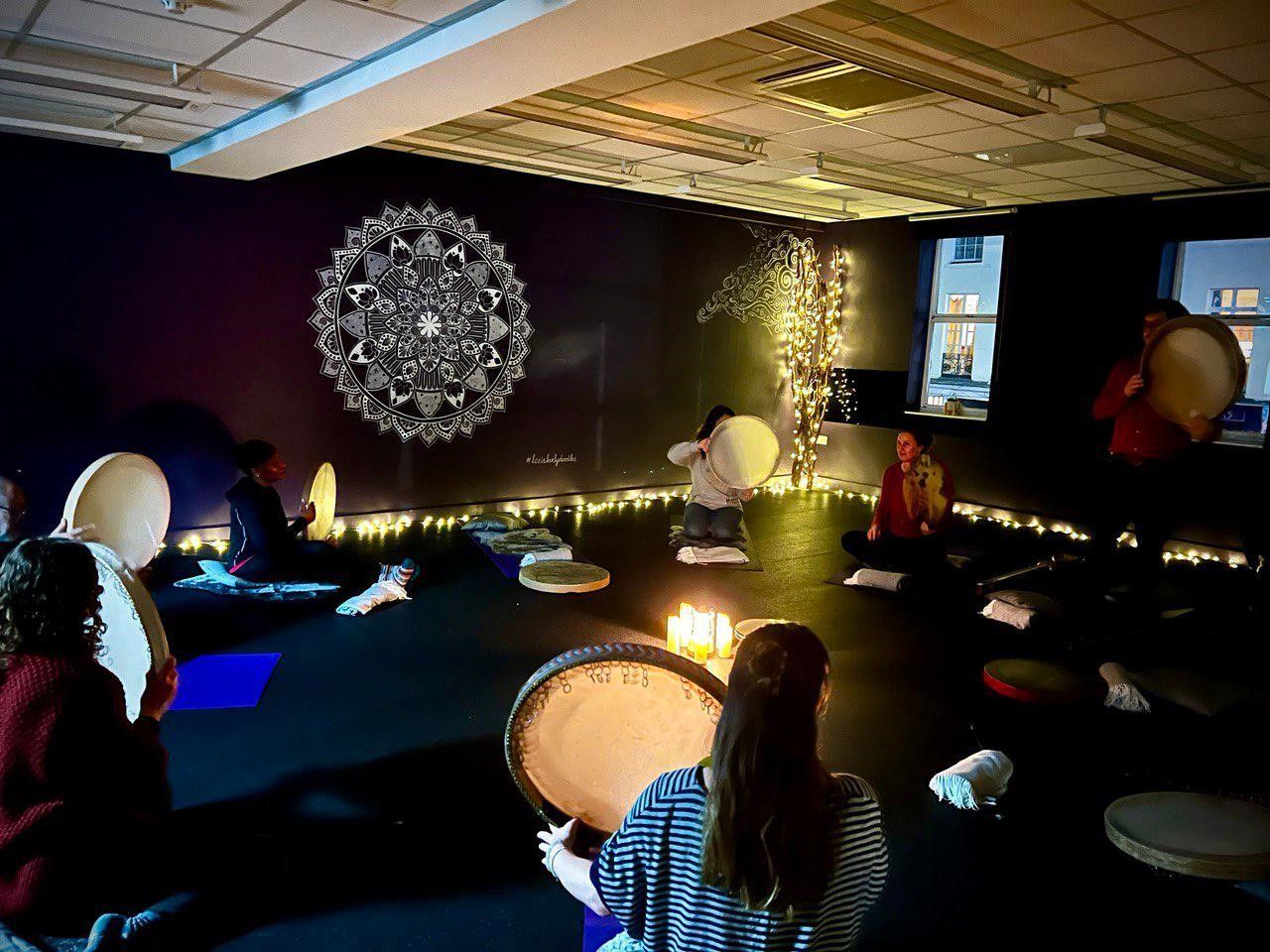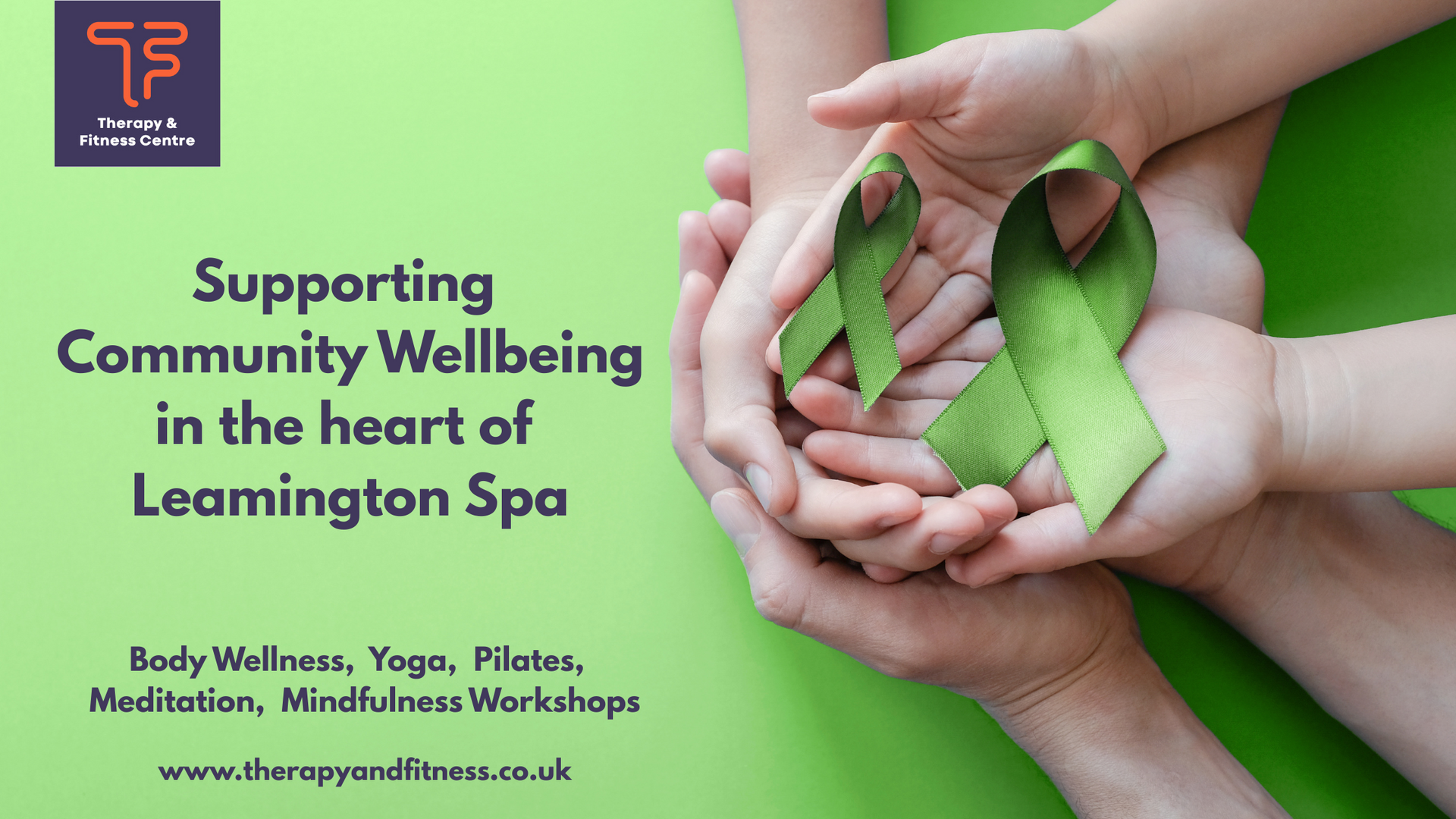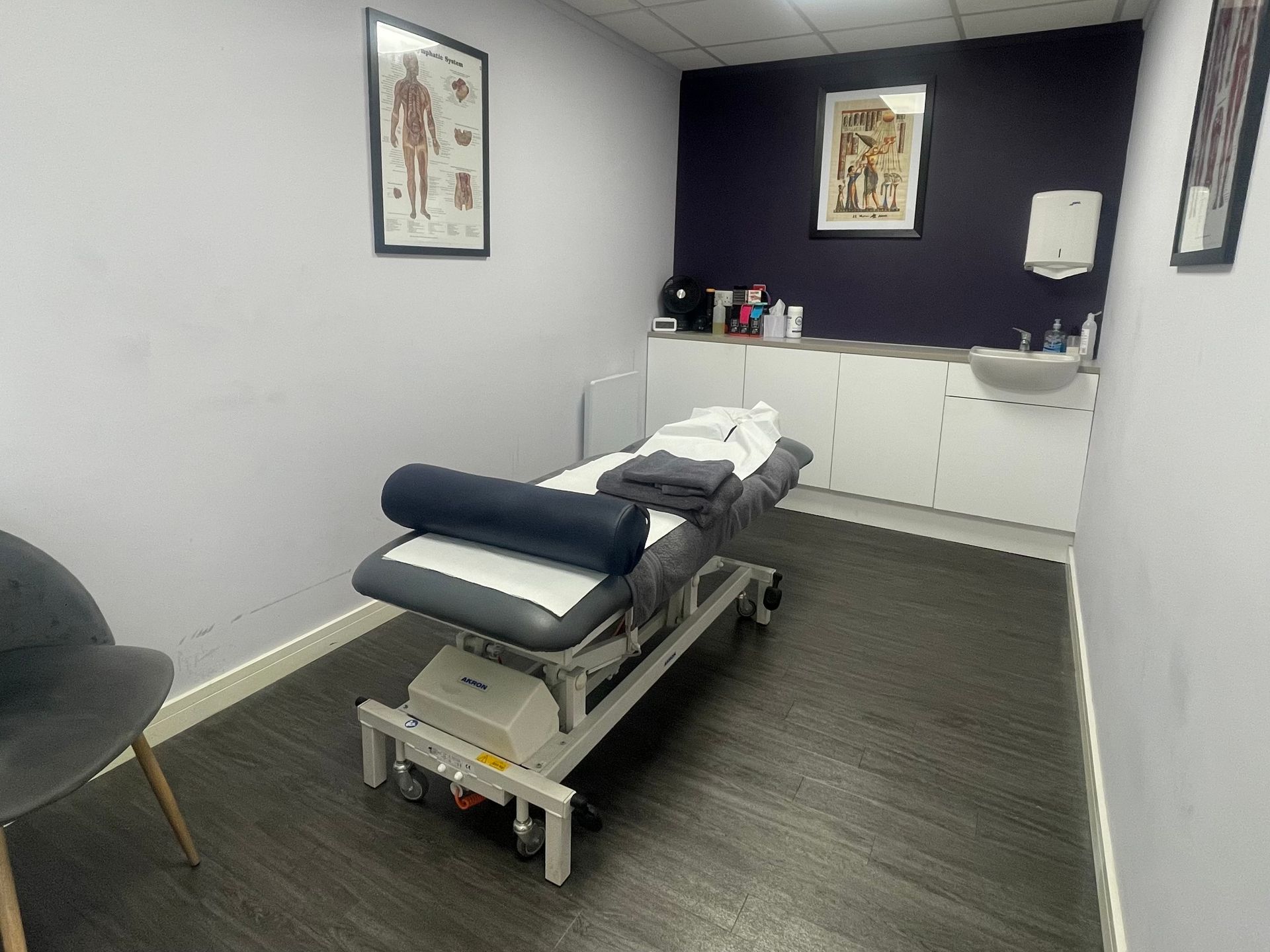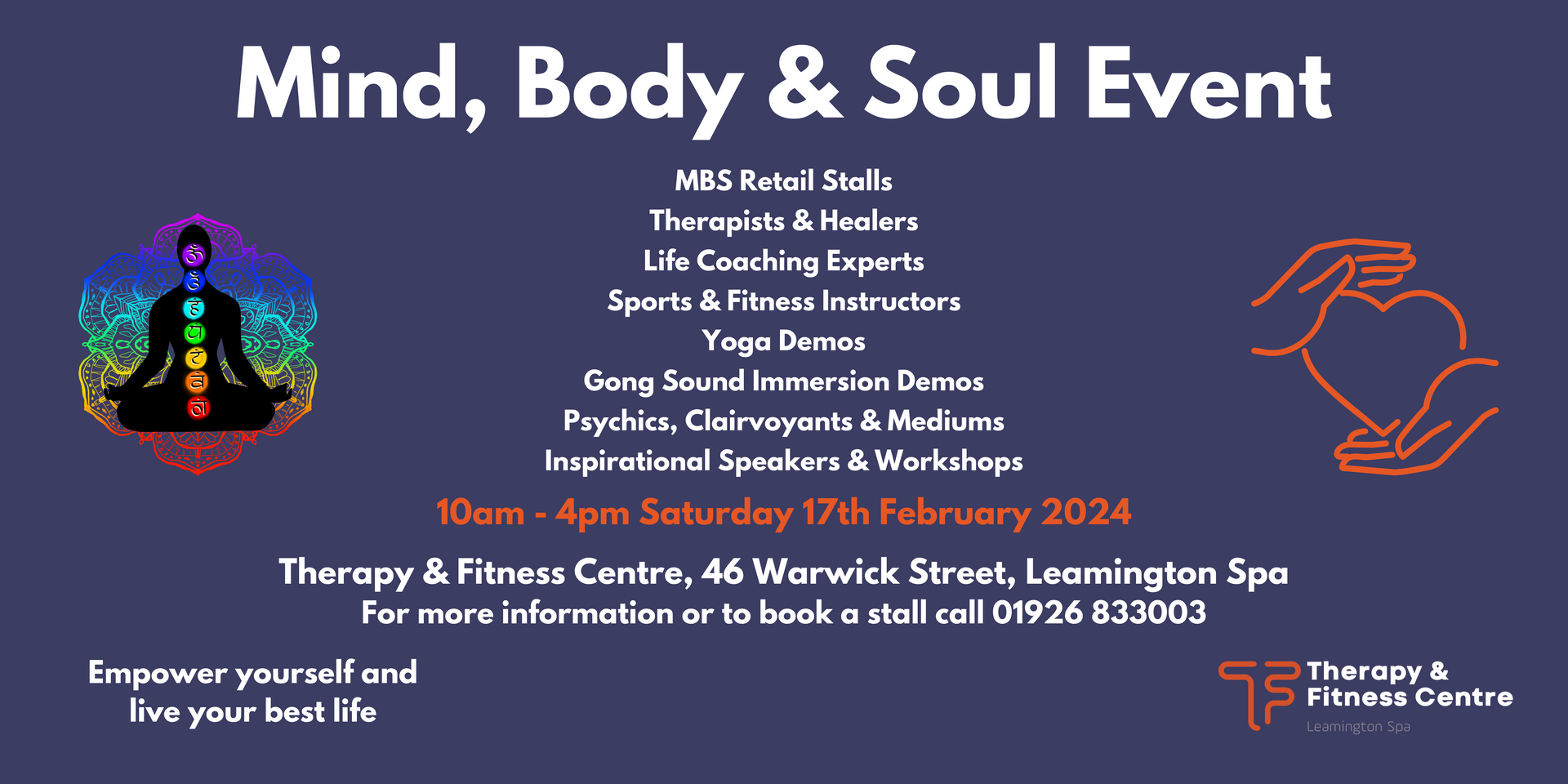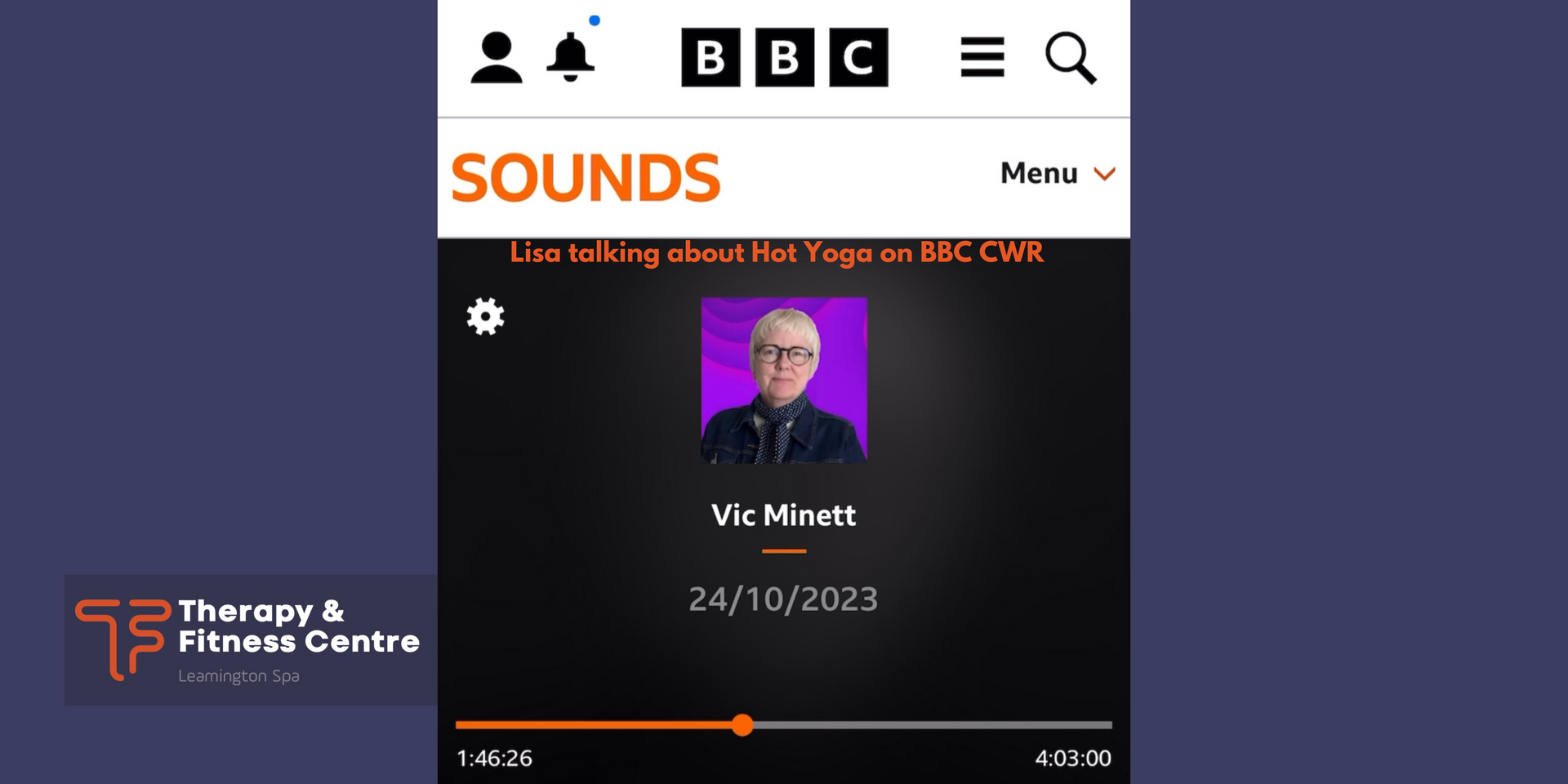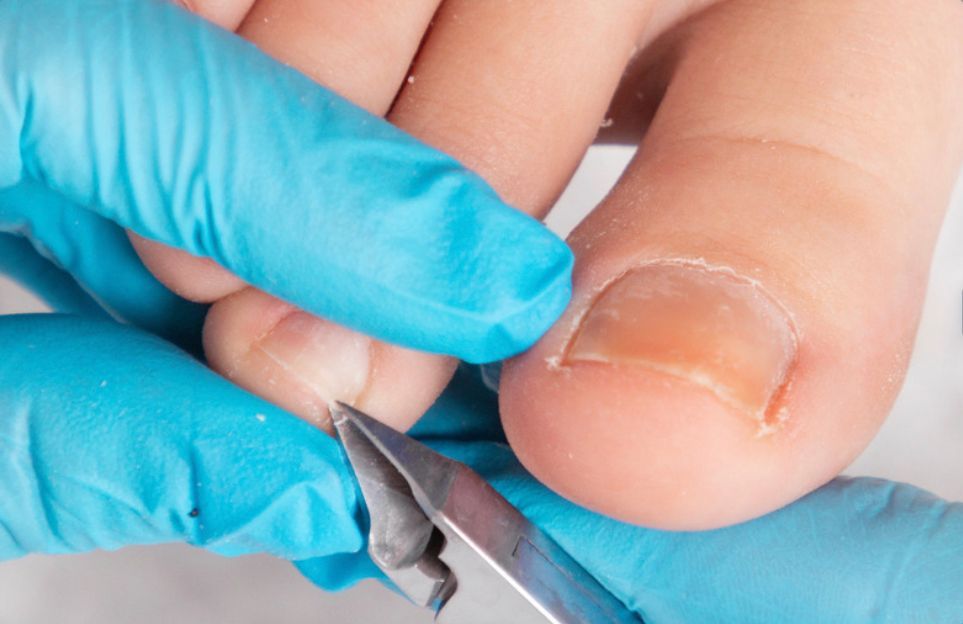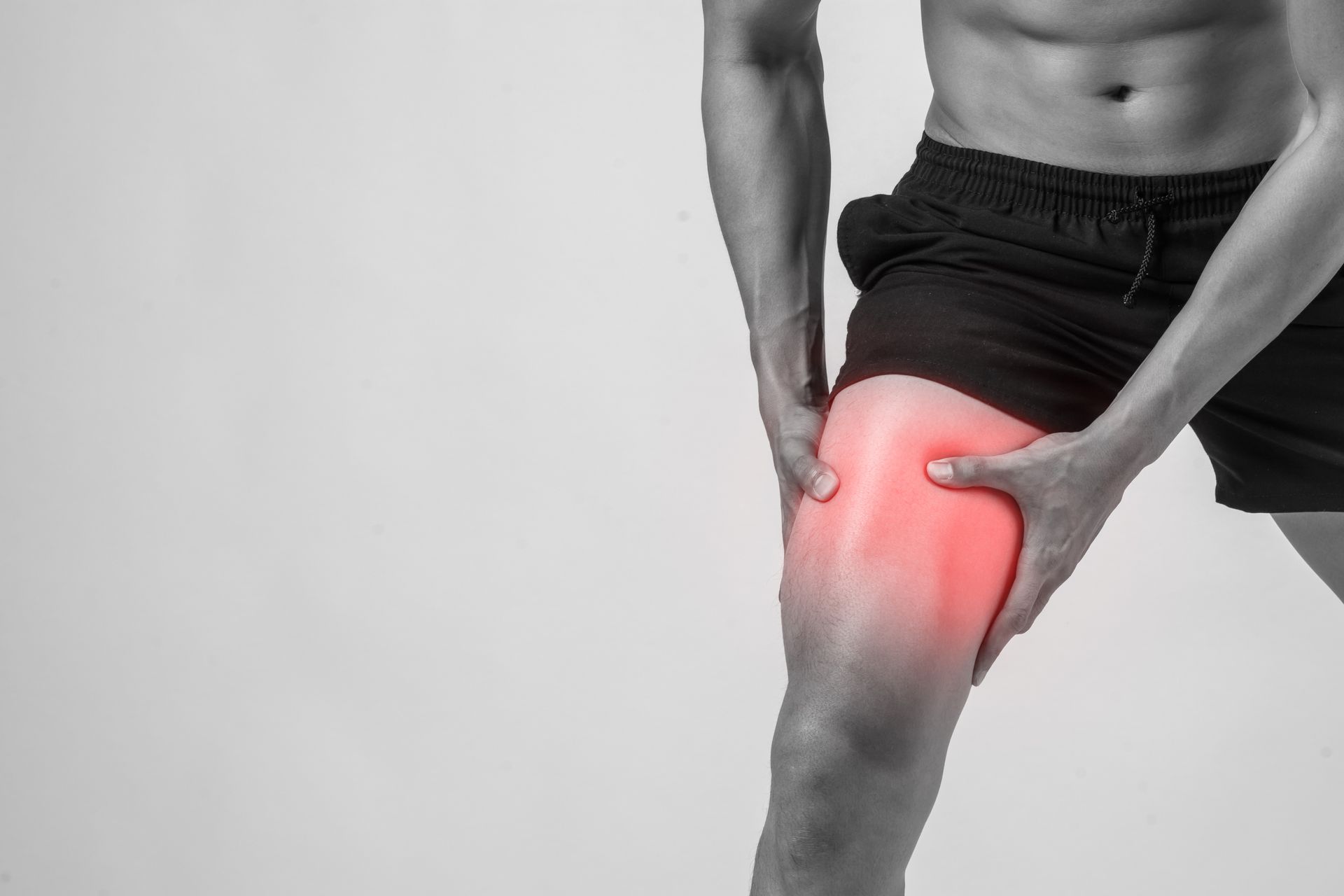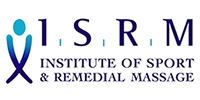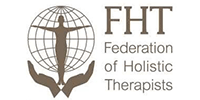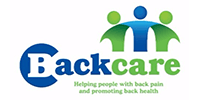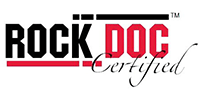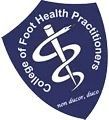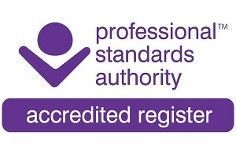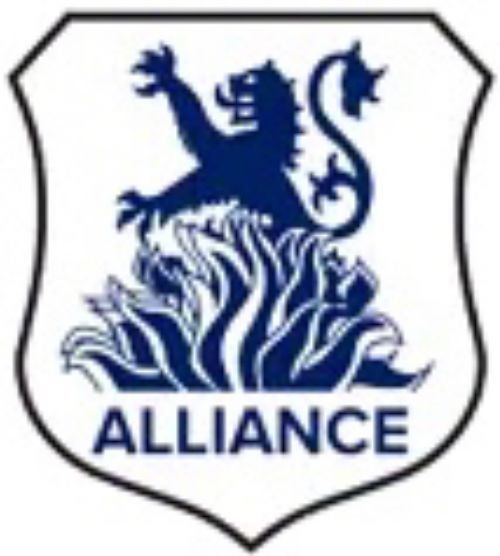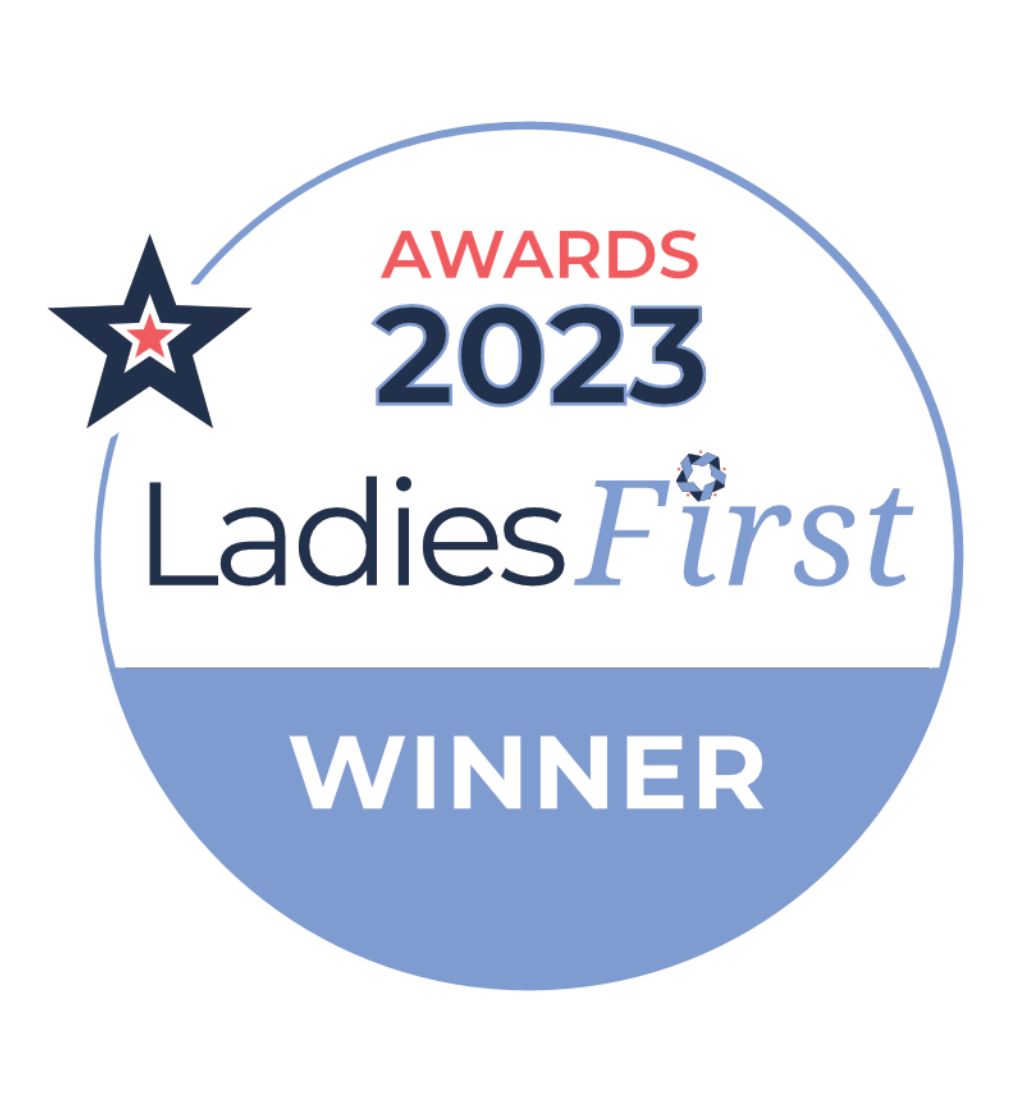Postnatal Exercise - Returning to exercise after childbirth
How quickly can I return to exercise after having a baby?
You might be wondering where to start. Perhaps you were active before birth and long to get back to the sport you love, or perhaps you didn’t exercise but now would like to do something for yourself, to feel stronger and healthier. Unfortunately, there is a lot of confusing information out there about how to return to exercising safely. Your 6 week postnatal check probably didn’t mention pelvic floor health, diastasis recti (more on this later) and how important it is to return slowly. You might feel ready and raring to go, or you might feel tired, with no head-space to even think about exercising just yet. Both of these are normal. Your journey is unique and the days, weeks, and months after you have a baby are an absolute roller-coaster.
You are probably sleep deprived, experiencing all manner of emotions often in the same minute and hour! All whilst you’re trying to care for a tiny baby who hasn’t come with a manual. At the same time you are learning to live with a new body - a body that society is trying to tell you isn’t as ‘good’ as it was before; that you should try to get your ‘pre-baby body’ back as soon as possible. Maybe you have stretch marks, scars or don’t recognise yourself right now. What you must remember though is that you have grown an actual human inside of you and I hope you feel incredibly proud of this, you just went through an epic event of delivery.
So, my advice is to be kind to yourself and take your time as you can still get back to feeling strong and healthy.
What postnatal exercise should I be doing?
Postnatal exercise is set out in three phases:
• Rehabilitation & Retraining
• Returning to Exercise
• Bulletproofing your body
What is postnatal rehabilitation & retraining?
Postnatal rehabilitation helps new mothers to recover effectively following pregnancy and delivery. Provided by therapists specialised in women's health, postnatal rehabilitation enables mothers to return to enjoying a happy, healthy lifestyle with their family.
Whether you have had a vaginal birth or a C-section, you’ve been through a physically and emotionally significant experience, and you need to give your body time to heal. From week 0-6, you should focus on retraining the motor patterns of your core muscles and your ability to properly recruit these muscles. This stage is gentle & restorative and is limited to practicing the connection breath and short & light bouts of walking. This is no ‘workout’, but instead lays the foundation for safe workouts in the weeks to come. You can still move, stretch and gently strengthen your body during this time. An important part of the recovery process is not comparing yourself to other women. Some women can get back to certain activities quicker than others and this could be for lots of reasons. These are impossible to know just by looking at them on social media. Some women have to take a little longer to get back to their pre-pregnancy activities safely. The key is to listen to your body as it is better to do less and take longer to recover than to injure yourself and have to start back at square one.
If you rush back into exercising before considering the effects of pregnancy and birth on your pelvic floor and core muscles you risk pelvic pain, incontinence and lower back pain to name just three conditions. I will hazard a guess that you have not heard about rehabilitating and retraining the deep central stability system, often referred to as the core, following pregnancy. Your core is more than just your abs and lower back. Four muscle groups make up the core: the pelvic floor, the diaphragm, the transverse (deep) abdominal muscles, and the multifidi (lower back) muscles. They work together to stabilise your core and allow for efficient transfer of force from your lower body to your upper body and vice versa.
Whether you had a vaginal birth or c-section, the weight of the growing baby will have been enough to put pressure on your core and pelvic floor and so it is important to retrain these areas in the early weeks.
This phase works a lot on the connection breath - getting your natural breathing pattern to link in with your pelvic floor activity to help regain tone and tension.
What is the connection breath?
Your breathing pattern has a natural rhythm with your core muscles. As you inhale, your pelvic floor relaxes and moves downwards, and as you exhale it contracts and moves upwards. You can help this along by gently squeezing your pelvic floor as you breathe out. This is called the connection breath. To start with you might not feel like you are getting any movement in the lift, but keep practicing! It will improve. You might have been advised to do Kegels after birth (squeezing and holding the contraction) however, putting it together with your breathing pattern is better practice and more useful. Don’t forget to relax on the inhale - it is equally important to be able to relax your pelvic floor as it is to be able to contract it.
So what is Diastasis recti?
Let’s get technical for a second. The two abdominal muscles (rectus abdominis) that run down the middle of the abdomen often separate during pregnancy. How much they separate varies between women. These muscles separate because of your growing womb pushing them apart. This makes your abdominal muscles longer and weaker. At the front of your stomach you have two sides of your rectus abdominus. They join in the middle through the linea alba. During pregnancy, the gap between these sides widens to make space for your baby. After birth, it is common to feel weakness in your abs due to this separation - called diastasis recti. The narrowing of the gap used to be thought of as a way to measure its “healing” but what is more important is the functioning of the core. Even if your linea alba remains separated it is still possible to regain good control and function.
You can check your diastasis recti by following these steps:
- Lie on your back with your knees bent and feet flat on the floor.
- Lift your top so you can feel your stomach. With 2 fingers of one hand, gently feel up and down the centre of your tummy (your linea alba) from your sternum to the top of your bikini line. Get a feel for the tension in your tummy and see if you can feel the two sides of your abs.
- Next, continue gently pressing but this time lift your head off the floor. This is not a crunch so don’t lift up too high, but look for a change in tension down your middle. Relax.
- Finally, continue doing this with your head lifted up but this time do the connection breath - lift your head up, exhale and squeeze your pelvic floor. You are looking for a change in the tension between the two sides. Don’t worry if you don’t feel anything different. Relax and try again. Press gently but firmly. Keep a note of the distance between your fingers and if you have felt a change in the tension.
- Try this again in two weeks.
As I said, the width of the gap is not that important (although if you are concerned, please see a women’s health physiotherapist) but rather the function of the muscles there. And the connection breath will improve your function helping you feel balanced and strong, and help avoid lower back pain and pelvic pain.
The narrowing of the gap used to be thought of as a way to measure its “healing” but what is more important is the functioning of the core. Even if your linea alba remains separated it is still possible to regain control and function.
When can I return to exercise after pregnancy?
From weeks 7-18, this stage should include transitions to more intense exercise and can be started as long as you have been cleared by your doctor or pelvic health physiotherapist, and aren’t experiencing any pain or symptoms of pelvic floor dysfunction. It is advised to start at this stage, even if you are over a year postnatal as the aim is to build a solid foundation of strength and good movement.
Up to week 13, light walking is recommended for your cardio sessions but following this you could start to add in moderate intensity cardio and high intensity sessions (these should still be low impact but could be on a treadmill, stationary bike or a rower). You could even do body-weight strength exercises faster than usual. It is advised to avoid high impact exercises such as running, jumping rope or anything that causes downward pressure on your pelvic floor until at least week 18.
Your programme should include 10 connection breaths in your warm up. Ensure that your core still feels stable and if you feel any heaviness in your pelvis, or pain anywhere in your body stop and turn down the intensity. Choose an activity which does not cause these symptoms and seek the help of a women’s health physiotherapist.
How can I bulletproof my body after pregnancy?
Hopefully by now you are feeling stronger, more stable, and more supportive in your core and pelvis. You might feel ready for more intense activities. If you are still pain free, from week 19-42 you can increase the frequency and intensity of your workouts. You can also start to return to any physical activity you love - always go back to your healthcare teams if you have any concerns.
Your sessions should still start with the connection breath and a dynamic warm up but you could add in an extra strength session or an extra cardio workout depending on your goals and what you enjoy doing. I am a big believer in the best exercise being the one you actually want to do. You might still choose not to do any high impact exercises yet, and if you feel heaviness in your pelvis or experience any leaking then choose another activity. By week 27, you can introduce jumping exercises if you feel ready but if you don’t that is fine! As always, listen to your body and monitor any symptoms. Your cardio workouts could still be body weight strength exercises performed back to back, resting after one round, completing as many as you fancy for between 20-40 minutes.
Once postnatal, you are postnatal forever, but after 42 weeks you could move away from a programme such as this and back into a sport you love, or perhaps a new sport you have seen in your local area. I highly recommend continuing with the connection breath forever! Its benefits are far reaching. If you go on to have another baby, being able to relax and contract your pelvic floor will help you to recover quicker, and exercising during all stages of your life will keep you fit, healthy and well. Becoming bulletproof will help your body against future aches and pains.
Kate Dawe
07946744798
discoverstrengthfitness@gmail.com
@discoverptcov
@discoverpostnatalstrength
